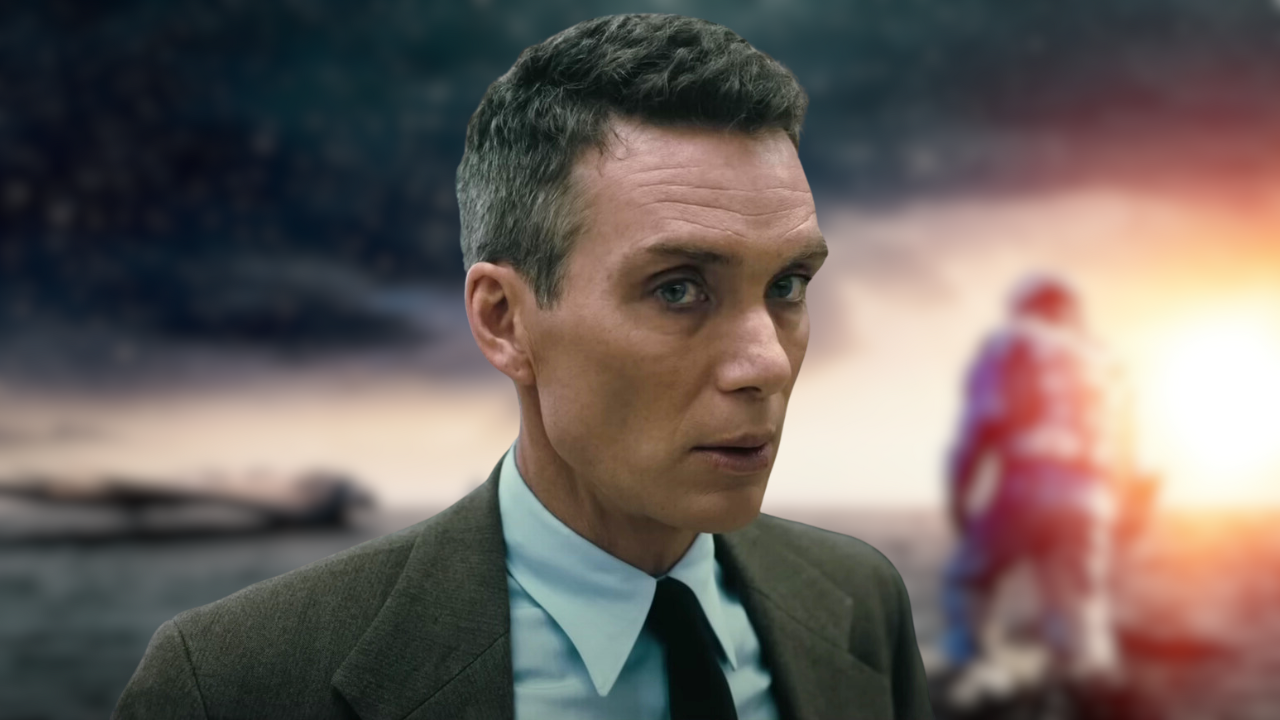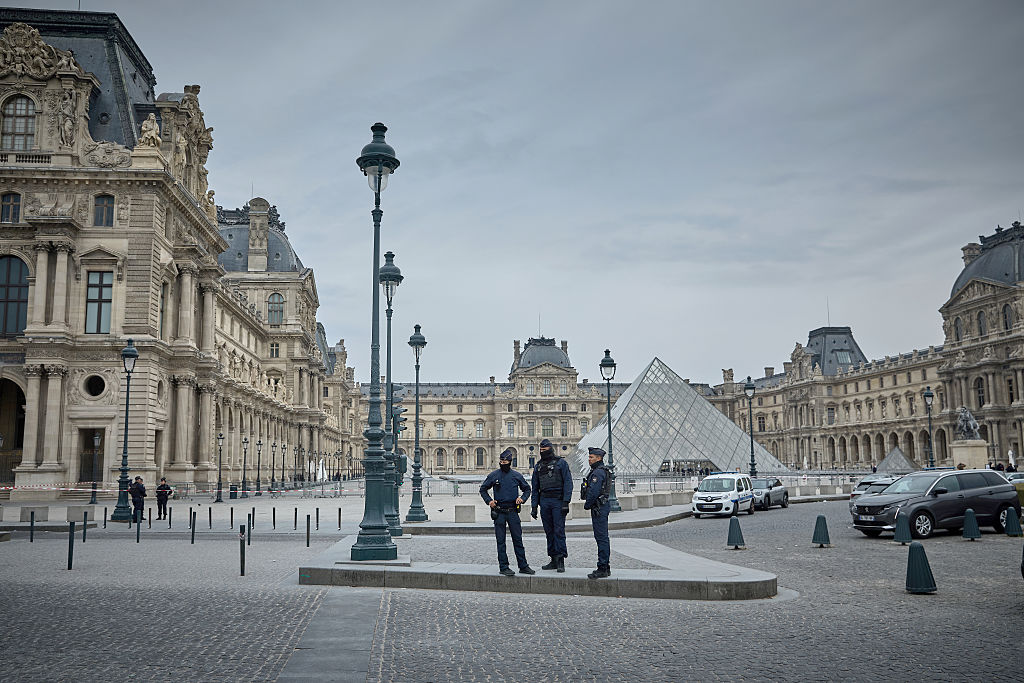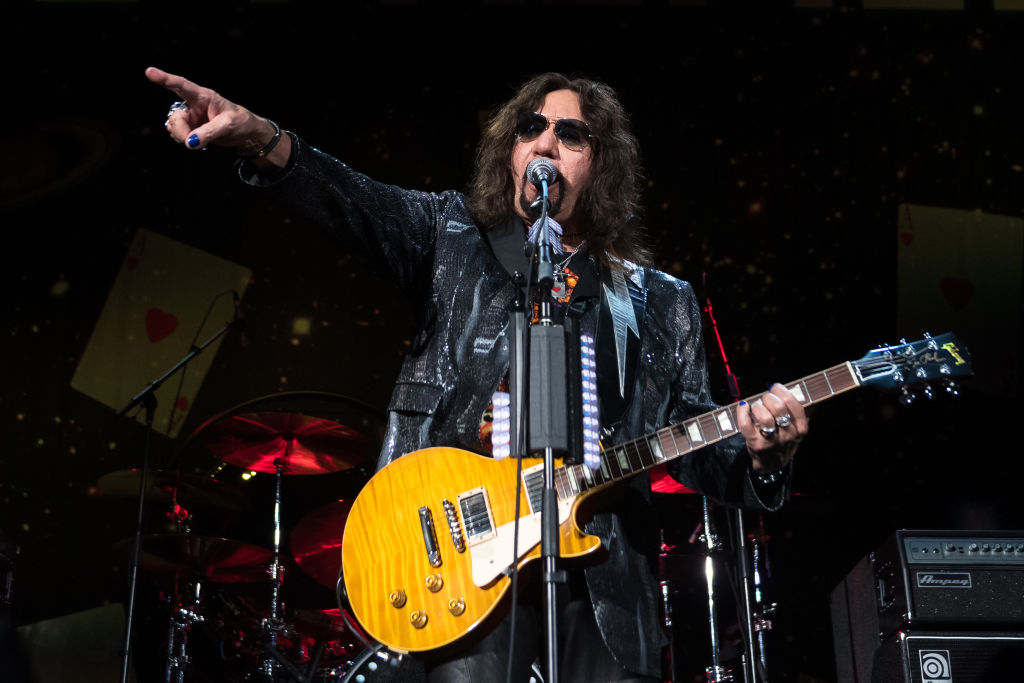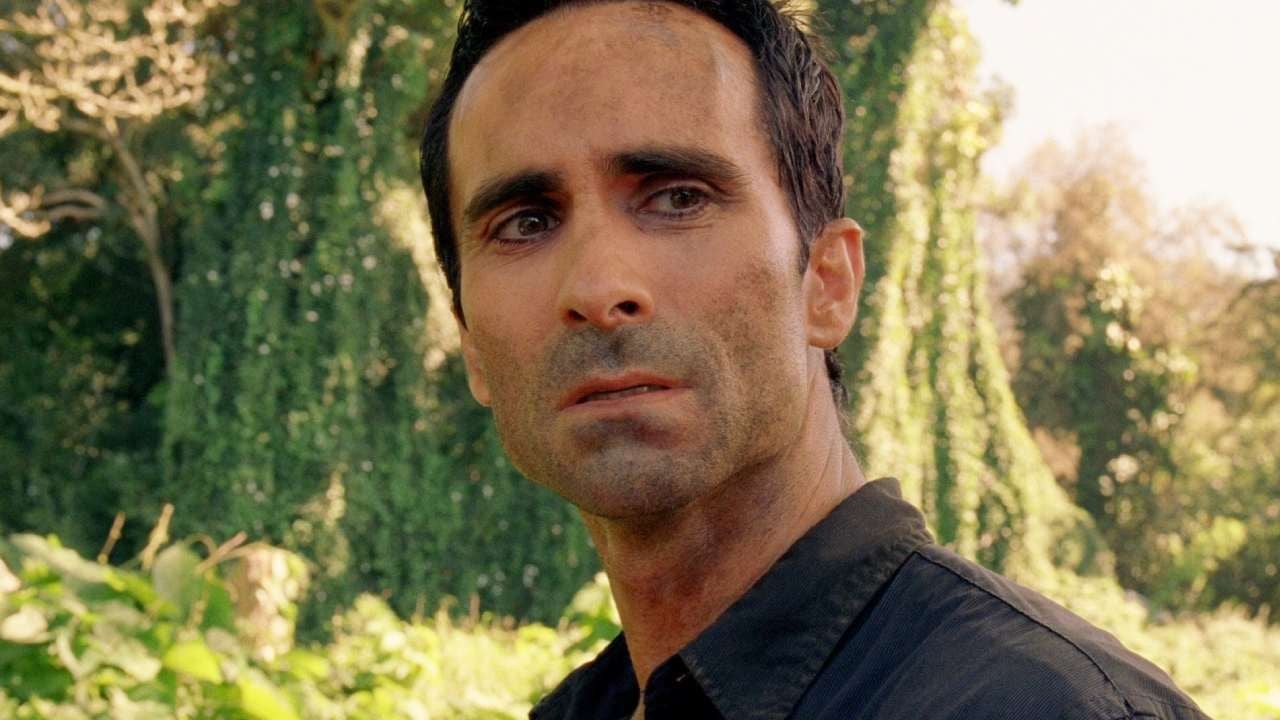Oppenheimera criticized choice
Critical triumph and extraordinary performance at the global box office (945 million dollars in revenue), Oppenheimer it is a demonstration of Christopher Nolan’s cinema, at the pinnacle of his art. Difficult to find weak points. The film is in fact carefully written, historically correct and directed with the great precision of the British director.
However, specific criticism was repeatedly leveled at him after the film’s release. This is the absence of the Japanese point of view, more concretely the absence of a representation of the explosions of Hiroshima and Nagasaki and the damage caused.

A criticism formulated in particular by director Spike Lee, who declared: “If Oppenheimer is three hours long, I think we might as well add a few minutes to show what happened to the Japanese people. (…). I would have liked the end of the film to show the consequences of these two atomic bombs being dropped on Japan.“
In fact, no images – archival or original – ofOppenheimer it does not directly show atomic explosions. To evoke the Hiroshima explosion, Christopher Nolan preferred to intervene a terrifying sequence all the horror of the event from the conscience of J. Robert Oppenheimer. He hallucinates the faces of the audience who congratulate him, melting under the effects of the atomic explosion. Asked recently about this choice of staging, and therefore about the absence of the Japanese point of view, Christopher Nolan explained his decision.

Oppenheimer surpasses one of Nolan’s biggest hits at the global box office
“I wanted a story that was as subjective as possible.”
In an interview between Christopher Nolan and historian Kai Bird, co-author with Martin J. Sherwin of the biography Robert Oppenheimer: Triumph and Tragedy of a Genius of which Oppenheimer is the adaptation, Kai Bird raised the question of the representation of the explosion (at 36’00 in the video below).
Christopher Nolan explained:
Once the Trinity Test was conducted, Oppenheimer found himself somewhat in the same position as the rest of America. He heard about the bombing of Hiroshima on the radio. When Truman announced it. This is one of the most extraordinary things I read in the book and one of the things that inspired me to tell this story in the most subjective way possible.
Christopher Nolan details this subjective angle and thus excludes other points of view. He explains that he wanted “to experience this realization of what he had created and for the audience to experience it too.” From the point of view of the narrative rigor of his biopic, Christopher Nolan is therefore keen to clarify that in reality there was no other choice other than to they also represent this event only “in Oppenheimer’s head”..
Christopher Nolan concludes by explaining that, in the editing phase, the choice to show and the choice not to show are intertwined the same importance. He thus takes the example of horror cinema, where the balance between representation and suggestion is fundamental for the success of the desired effect. It was therefore neither an oversight on the Japanese part nor a lack of interest in him. But a decision dictated by the writing ofOppenheimer and the choice to support this subjective narrative.
Source: Cine Serie
Ray Ortiz is a journalist at Gossipify, known for his coverage of trending news and current events. He is committed to providing readers with accurate and unbiased reporting, and is respected for his ability to keep readers informed on the latest news and issues.








